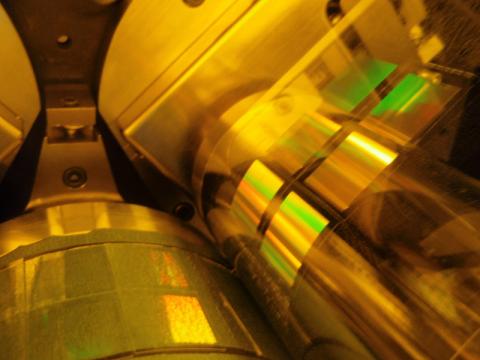The emerging capabilities in nanomanufacturing for systematic control and manufacturing across multiple length scales are evolving into the next generations of nanotechnology-enabled products. These products can be categorized as passive nanostructures, active nanostructures, multi-dimensional nanosystems, heterogeneous molecular nanosystems, and multiscale, integrated nanosystems. The improved understanding of interactive forces among nanostructures and materials, combined with the resulting collective behavior within integrated systems has enabled new methodologies for the controlled manipulation of nanocomponents and structures comprising a broader hierarchy. As such, this new understanding has become a central research focus providing discoveries and innovations toward new commercial applications, along with new paradigms in manufacturing sciences to address the necessary economy of scale requirements for these new products. In order to transform the knowledge and innovations realized through fundamental science investments in nanomanufacturing, the understanding that has evolved to achieve this controlled manipulation of materials and structures must be combined with emerging capabilities and methodologies to realize new collective functionality for next generation integrated systems. Furthermore, processes must be adapted to or complement existing infrastructure and manufacturing platforms in order to accelerate the adoption of these emerging technologies by industry.
A recently announced funding opportunity by the National Science Foundation, the Nanomanufacturing Program, seeks to address these challenges through support of fundamental research in novel methods and techniques for batch and continuous processes, while leveraging advances in the understanding of nano-scale phenomena and processes (physical, chemical, electrical, thermal, mechanical and biological), nanomaterials discovery, novel nanostructure architectures, and new nanodevice and nanosystem concepts. In addition, the program seeks to address quality, efficiency, scalability, reliability, safety and affordability issues that are relevant to manufacturing. The Program encourages research on processes and production systems based on computation, modeling and simulation, use of process metrology, sensing, monitoring, and control, and assessment of product (nanomaterial, nanostructure, nanodevice or nanosystem) quality and performance.
From the program description, an essential element of the NSF Nanomanufacturing Program is the exploration of transformative approaches to nanomanufacturing, including concepts such as micro-reactor and micro-fluidics enabled synthesis, bio-inspired nanomanufacturing, manufacturing by nanomachines, additive nanomanufacturing, hierarchical nanostructure assembly, continuous high-rate nanofabrication such as roll-to-roll processing or massively-parallel large-area processing, and modular manufacturing platforms for nanosystems. The Program encourages the fabrication of nanomaterials by design, three-dimensional nanostructures, multi-layer nanodevices, and multi-material and multi-functional nanosystems. Also of interest is the manufacture of dynamic nanosystems such as nanomotors, nanorobots, and nanomachines, and enabling advances in transport and diffusion mechanisms at the nano-scale.
With an eye towards education and workforce training, the program supports education of the next generation of researchers, and encourages building a workforce trained in nanomanufacturing systems. It is also interested in understanding long-term environmental, health and societal (EHS) implications of large-scale production and use of nano-scale materials, devices and systems. The NNN encourages stakeholders and researchers to further explore this opportunity to contribute towards the transformation of nanomanufacturing technologies.
Reference: NSF Nanomanufacturing Program

